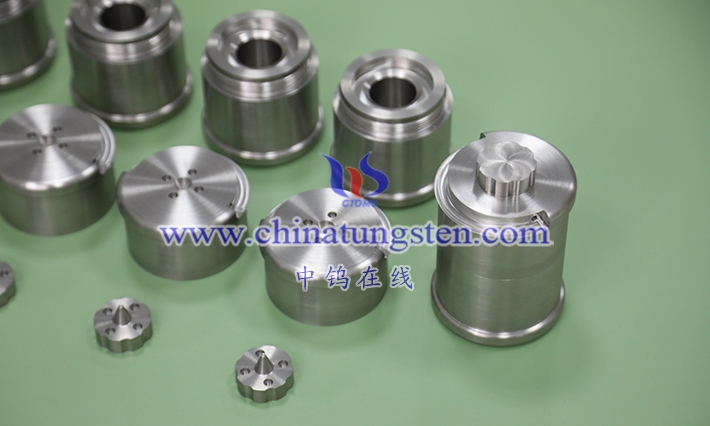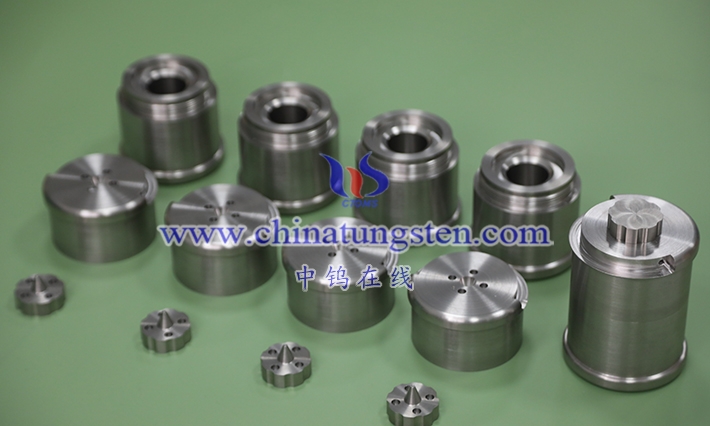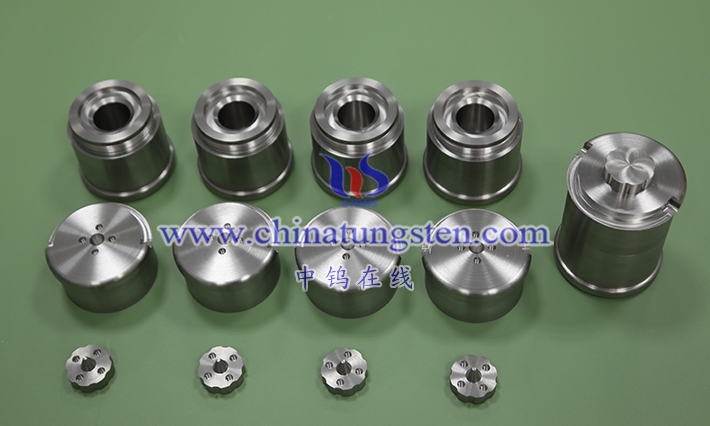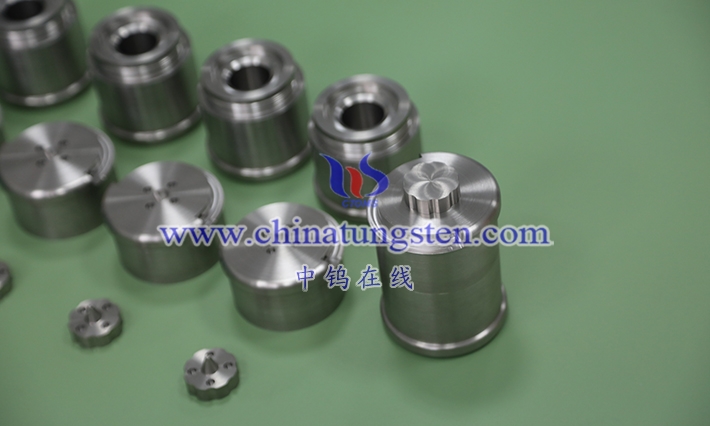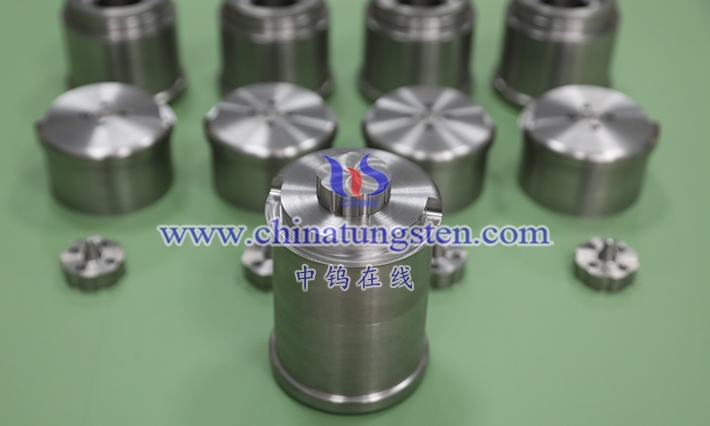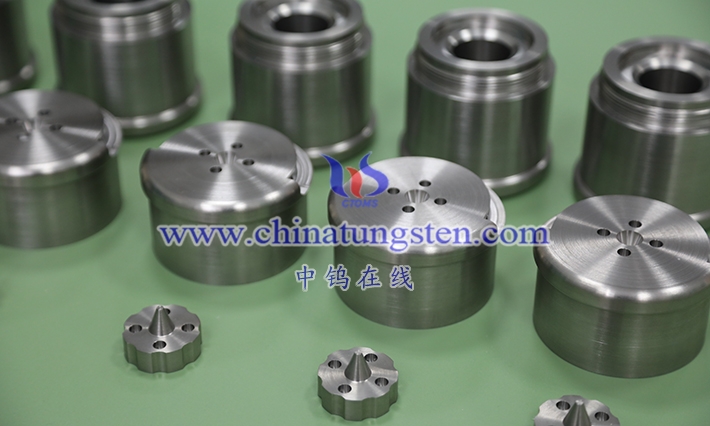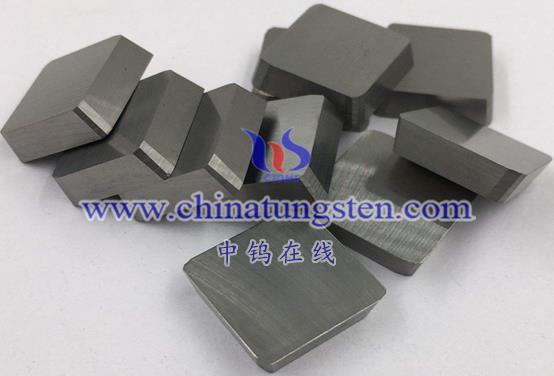
Fatigue life prediction of high-density alloys in high-temperature environments is a complex issue that requires consideration of multiple factors. The following are some factors that may affect the accuracy of fatigue life predictions:
- Material properties: The material properties of high-density alloys, such as hardness, strength, toughness, creep, etc., will affect their fatigue life in high-temperature environments. Therefore, in-depth research and understanding of the material’s properties are required.
- Stress level: Stress level is one of the important factors affecting high temperature fatigue life. In high temperature environments, the yield strength and tensile strength of materials will decrease, so it is necessary to select an appropriate stress level for fatigue testing to obtain accurate fatigue life data.
- Environmental conditions: The atmosphere, humidity, temperature fluctuations, etc. in high-temperature environments will affect the fatigue life of high-density alloys. Therefore, it is necessary to simulate the actual use environment in fatigue testing to obtain more accurate data.
- Loading frequency and waveform: Loading frequency and waveform will also affect high temperature fatigue life. Generally speaking, the higher the loading frequency, the shorter the fatigue life; the more complex the waveform, the shorter the fatigue life. Therefore, the appropriate loading frequency and waveform need to be selected according to the actual situation.
Based on the above factors, the following methods can be used to predict high temperature fatigue life:
- Fatigue test: By conducting fatigue tests in high temperature environments, the fatigue life data of materials can be obtained. These data can be used to establish the fatigue life curve of the material and provide a basis for subsequent predictions.
- Stress-life curve: The fatigue life of the material under different stress levels is obtained through experimental testing, and the stress-life curve of the material can be established. Using this curve, the fatigue life of the material under different stress levels can be predicted.
- Finite element analysis: Finite element analysis can be used to simulate the fatigue process of high-density alloys in high-temperature environments. By setting the mechanical property parameters and stress boundary conditions of the material, the path and rate of crack expansion can be predicted. This method requires a more accurate material model and boundary condition settings, but can provide more comprehensive fatigue behavior information.
It should be noted that high-temperature fatigue life prediction is a complex issue that requires consideration of multiple factors. Therefore, a comprehensive approach to forecasting and analysis is needed to improve the accuracy and reliability of forecasts. At the same time, for specific materials and application scenarios, it may be necessary to combine experiments and theoretical models for comprehensive analysis and evaluation to obtain more accurate prediction results.
More details of tungsten alloy product, please visit website: http://tungsten-alloy.com/
Please contact CHINATUNGSTEN for inquiry and order of tungsten carbide:
Email: sales@chinatungsten.com
Tel.: 86 592 5129595
